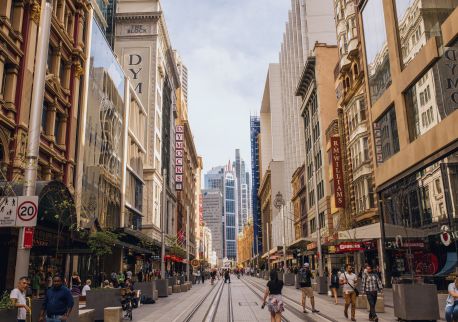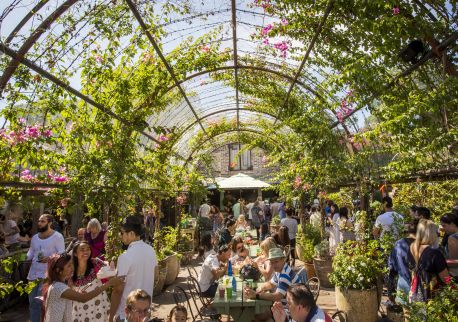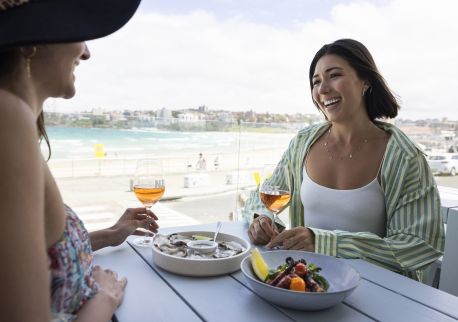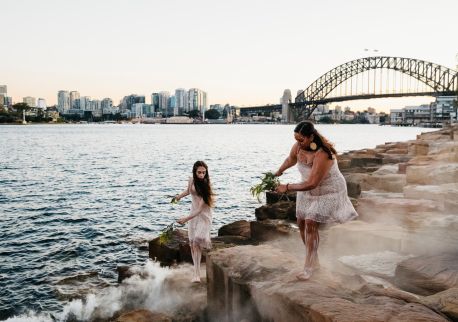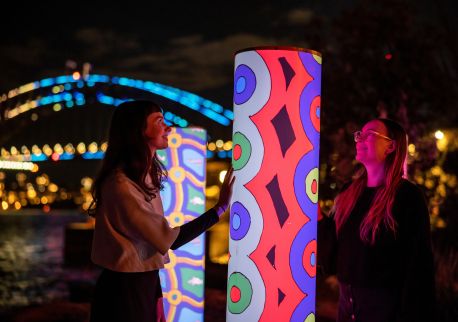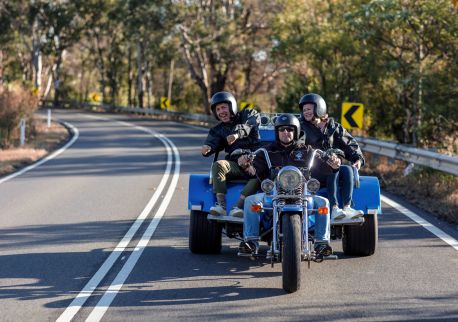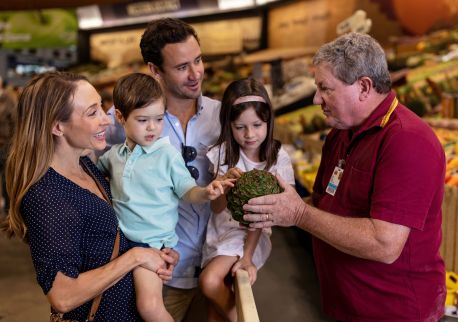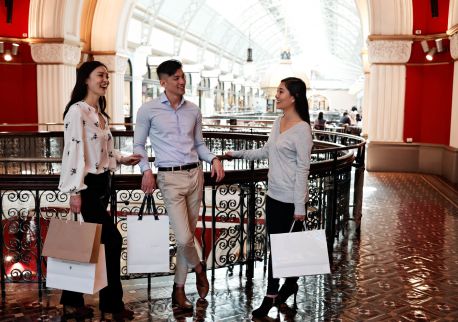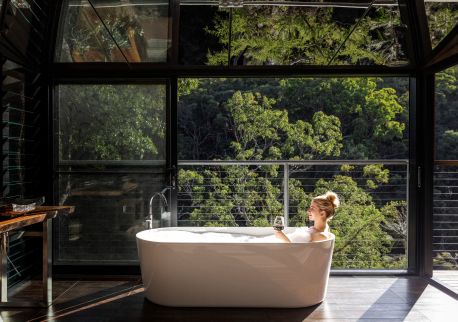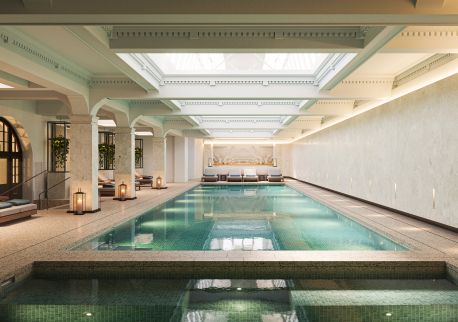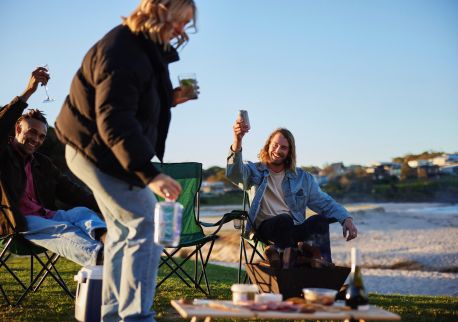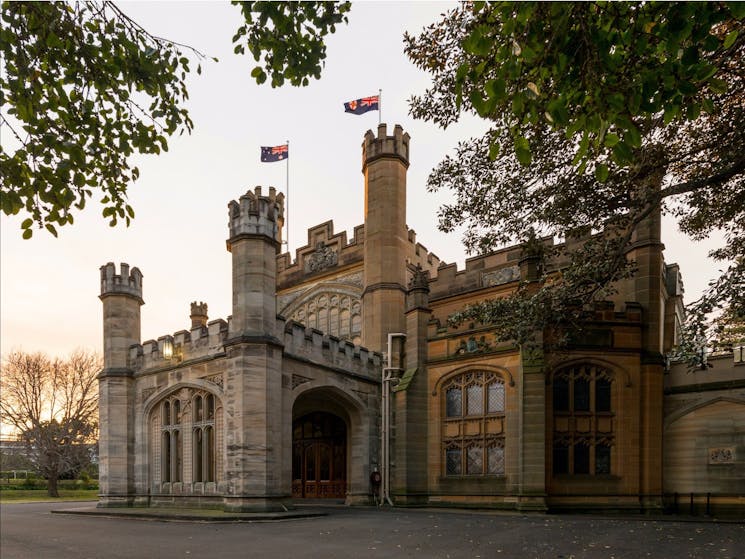Government House Sydney
Overview
Government House is one of the finest examples of Gothic revival architecture in New South Wales.
Sydney’s first Government House was located in Bridge Street (on the site of the Museum of Sydney) at Sydney Cove, occupied by the first Governor of NSW, Governor Arthur Phillip. The original house served for nearly 50 years as the colony’s political, ceremonial and social centre, but it became worn down.
The current-day Government House, completed in 1845, was designed by Edward Blore, architect to William IV and Queen Victoria who worked on Buckingham Palace and Windsor Castle. The Gothic revival style design was influenced by the Governor’s Stables, completed in 1821 (now the Conservatorium of Music located at the main entry gates to Government House).
Today, the House holds a significant collection of portraits, furniture, decorative arts and historic memorabilia. Visitors should undertake the tour to see Government House’s magnificent State Rooms, the historic works of art that adorn the walls and to experience the opulence of Vice-Regal furniture. Call in advance if you’d like to arrange an Auslan-interpreted tour.
Located inside the Royal Botanic Garden Sydney, the House is the official residence of the Governor of NSW. It was home to 28 Governors from 1845 to 1996, and Australia’s first five Governors-General from 1901 to 1914.
Accessibility
Actively welcomes people with access needs.
Advise tour guides of the access needs of guests at the time of booking (includes pick up and drop off requirements)
Caters for people who are blind or have vision loss
Caters for people who are deaf or have hearing loss
Caters for people who use a wheelchair.
Caters for people with sufficient mobility to climb a few steps but who would benefit from fixtures to aid balance. (This includes people using walking frames and mobility aids)
Have a hearing loop
Have a wheelchair accessible toilet / shower and change room
Have an accessible public toilet which is unlocked
Have an appropriate area for toileting an assistance dog
Provide information in large print
Provide portable ramps
Provide seating in common areas including reception area
Train your staff in customer service for people with vision loss (training would incorporate way finding and communicating with people with vision loss)
Train your staff in communicating with people who are deaf or have hearing loss
Use Plain English / easy read signage and information (includes menus and emergency information)
Welcomes and assists people who have challenges with learning, communication, understanding and behaviour. (includes people with autism, intellectual disability, Down syndrome, acquired brain injury (ABI), dyslexia and dementia)

